Articles
Sucralose
Sucralose is a no-calorie, high-intensity artificial sweetener that’s about 600 times sweeter than sugar—which means only tiny amounts are needed to achieve the same sweetness. It’s widely used in everything from beverages and baked goods to supplements and pharmaceuticals.
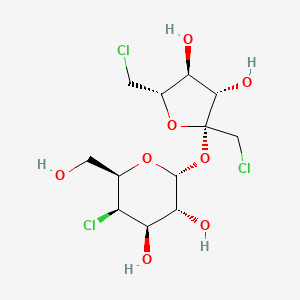
🧪 What Is Sucralose?
• Origin: Derived from sucrose (table sugar) by replacing three hydroxyl groups with chlorine atoms.
• Sweetness: 600–800× sweeter than sugar, with a clean, sugar-like taste.
• Form: White, odorless powder; highly soluble in water and stable under heat and pH changes.
✅ Why It’s Popular
• Zero calories: Doesn’t contribute to energy intake.
• Stable in heat: Ideal for baking, pasteurization, and UHT processing.
• Tooth-friendly: Doesn’t promote tooth decay.
• Widely approved: Recognized as safe by FDA, EFSA, FSANZ, Health Canada, and others.
🥤 Where You’ll Find It
- Diet sodas
- Sugar-free supplements
- Protein powders
- Baked goods
- Tabletop sweeteners (e.g. Splenda)
📏 Acceptable Daily Intake (ADI) for Sucralose
Sources:
🧃 What Does That Mean in Real Life?
• A single packet of sucralose-based sweetener (e.g. Splenda®) contains about 12 mg of sucralose.
• So under FDA guidelines, a 70kg adult could safely consume ~29 packets/day.
• Under EFSA guidelines, that number jumps to ~87 packets/day.
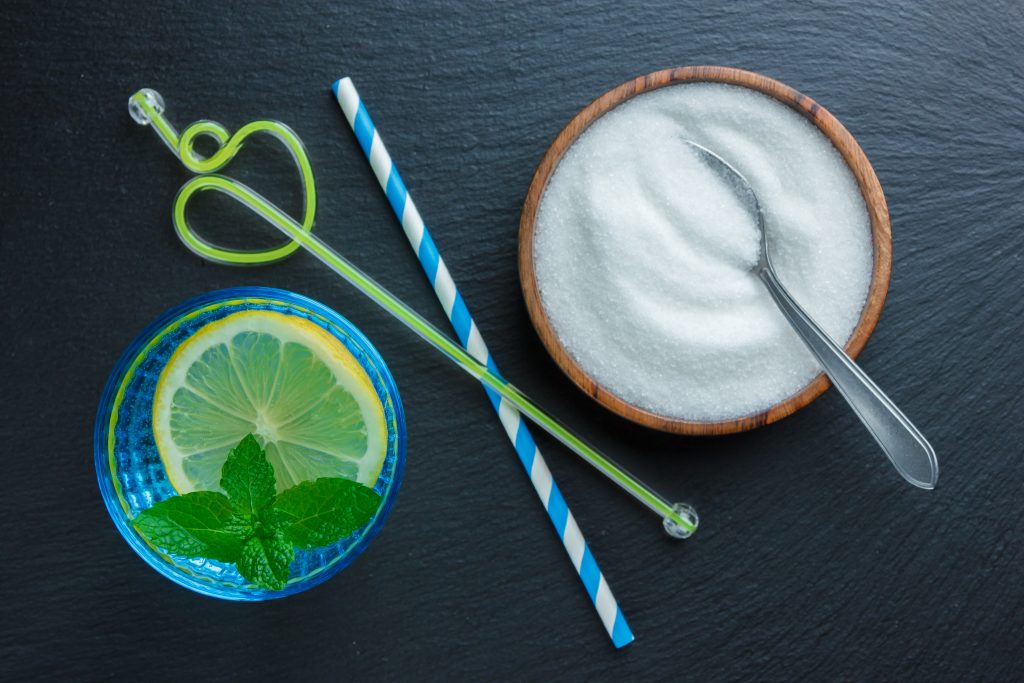

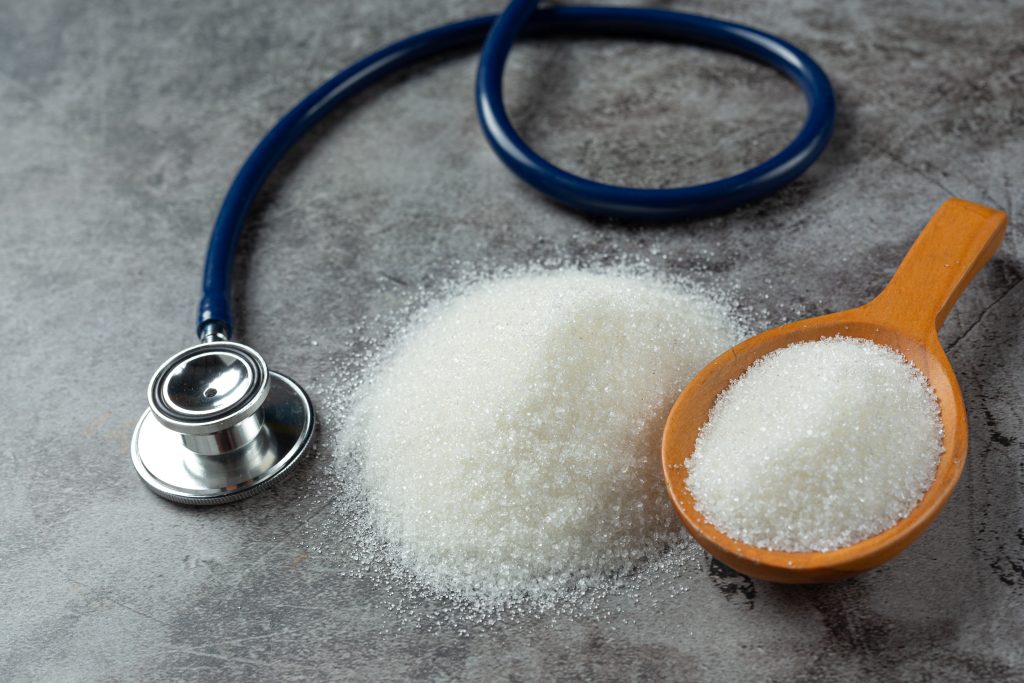
 Home
Home About Us
About Us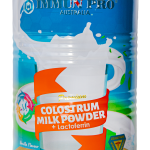 Products
Products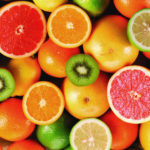 Health Hub
Health Hub Media
Media Blog
Blog Sales
Sales